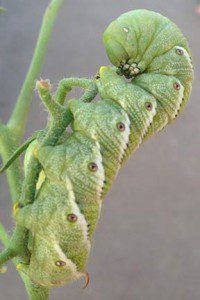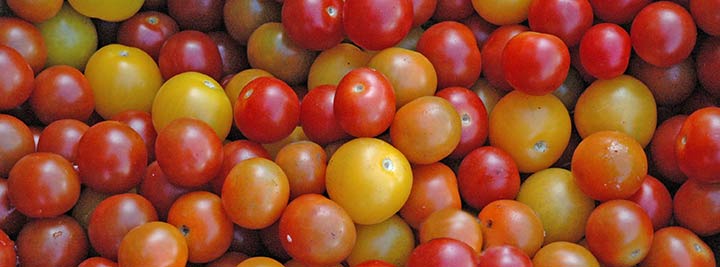Hybrid
A hybrid is created when plant breeders intentionally cross-pollinate two different varieties of a plant, aiming to produce an offspring, or hybrid, that contains the best traits of each of the parents. Cross-pollination is a natural process that occurs within members of the same plant species.
In hybridization, pollination is carefully controlled to ensure that the right plants are crossed to achieve the desired combination of characteristics, such as bigger size or better disease resistance. The process of developing a hybrid typically requires many years.
In general, hybrids offer some combination of these favorable traits: dependability, less required care, early maturity, better yield, improved flavor, specific plant size, and/or disease resistance. A hybrid is not considered a GMO.



